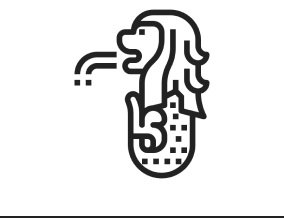In today’s fast-moving business environment, leaders are under pressure to make strategic decisions — quickly, with limited data, and amid uncertainty.
That’s why clients often ask us:
“How can we get a high-level view of business scenarios by adjusting just a few key drivers?”
The answer lies in driver-based, top-down scenario planning — enabling faster insights, clearer decisions, and better alignment with strategic goals.
This is where driver-based, top-down scenario planning becomes a game changer.

What is Top-Down Scenario Planning?
Top-down scenario planning starts with organizational goals and targets — revenue, profit, market share, etc. — and then works backwards to allocate resources and set operational plans at departmental or regional levels.
Unlike bottom-up planning, where each team submits detailed estimates and those are rolled up, top-down planning is faster, aligned to strategy, and focuses on key business drivers (like price, volume, headcount, utilization).
Few model scenarios — for example:
- What if sales drop by 10%?
- What if input costs rise by 5%?
- What if Headcount increase by 5%
- What if we launch in a new market next quarter?
By adjusting just a few drivers, you can immediately see the impact on the P&L, cash flow, and KPIs — without waiting weeks for detailed budgets.
Why It Matters for Organizations
Faster Decision-Making
Leaders can quickly model different business scenarios and act before risks escalate or opportunities are lost.
Aligned Strategy
Plans stay tied to high-level goals and key drivers, keeping all teams focused on what truly matters.
Agility in Uncertainty
In volatile conditions, driver-based scenarios enable faster, more effective responses to market shocks — like demand shifts, supply chain issues, or regulatory changes.
Focus on What Counts
By zeroing in on the key business levers, organizations avoid unnecessary detail and target the factors that drive performance.
Clearer Communication
High-level scenarios are easier to communicate and defend to executives, boards, and other stakeholders.

Final Thoughts
Driver-based, top-down scenario planning is not about eliminating detailed planning altogether — it complements it. It gives leadership the ability to steer the ship confidently, test assumptions, and set the right direction — even before the fine details are worked out.
Organizations that embrace this approach build resilience, act faster, and gain a competitive edge.

Supriya Gupta
Principal Consultant - Financial Transformation






